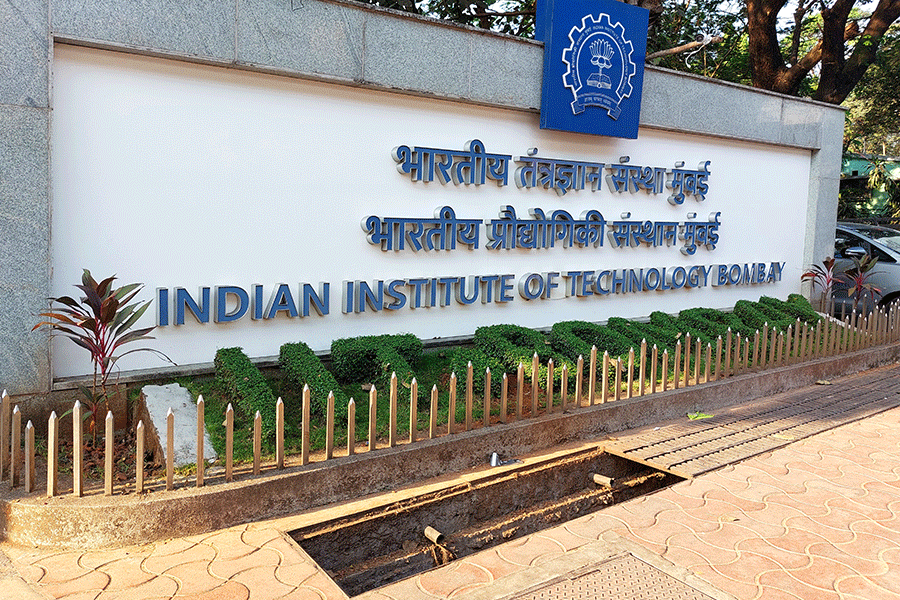 |
| Forest and WTI officials provide treatment to an elephant hit by a train at Gibbon wildlife sanctuary in April. The elephant succumbed to its injuries later. File picture |
Jorhat, July 17: The forest department is planning to introduce time cards for trains passing through the Gibbon wildlife sanctuary to regulate the speed of locomotives and prevent hitting of wildlife.
The plan is part of the measures being initiated by the forest department under central guidelines to declare the wildlife sanctuary, which falls under Mariani range, as an eco-sensitive zone (ESZ). The department is consulting other departments and NGOs in chalking out the measures.
Gibbon will probably be the first sanctuary in the state to introduce time cards to locomotive drivers, once the plan is approved.
This sanctuary is the only one in the country to be named after hoolock gibbons, the only ape found in India. The animal is on the Red List of Threatened Species (vulnerable) of the International Union for Conservation of Nature (IUCN) and in Schedule 1 of Wildlife Protection Act, 1972.
The sanctuary is spread over 20.98 square km and is also the only one in the country to house seven species of primates (many endangered).
Jorhat divisional forest officer N.K. Malakar told The Telegraph that the proposal to regulate the speed of trains was part of the plan to grant eco-sensitive zone status to the sanctuary. He said the proposal to include the plan of issuing time cards at Mariani junction and Nakachari station in the zonal masterplan, was made in a meeting held under the presidentship of local social worker and wildlife enthusiast Biman Borbora at the sanctuary recently.
“The idea has been mooted on the lines of issuing of time cards to vehicles on NH 37 while passing through the stretch along Kaziranga National Park during floods,” Malakar said.
The move to introduce time cards to locomotive drivers came after an elephant died after being hit by a train in April this year. A train also reportedly killed a slow loris, an endangered primate under IUCN. two months ago.
The masterplan will be submitted to the state government and, after modifications (if needed), would be sent to the Centre for notification.
Malakar said once the ESZ comes into effect, there would be several restrictions and regulations in the activities on the fringe areas of the sanctuary, including quarrying and mining, enabling better conservation efforts. The proposal aims to “stop those activities, which potentially restrict the free movement of wildlife, affect the water table and pollute the environment, air and soil”.
Commercial activities are regulated within 10 square km from the place which is declared as an ESZ.
The DFO said in the case of Gibbon wildlife sanctuary, the restriction zone has been reduced so as not to disturb Mariani town, which is about 5km from the sanctuary. The restricted zone has been proposed in different radius, ranging from 500 metres to 4km, in different fringe areas in the four sides of the sanctuary.
No new industrial units will come up in the proposed restricted zone, which now has 15 brick kilns and seven tea factories.
Farmers and tea gardens falling under the ESZ will be encouraged to use bio-fertilisers under the plan.
Located near the Assam-Nagaland border, the sanctuary has elephants, leopards, jungle cats, civet cats, mongoose, Chinese pengulin, Indian fox, barking deer, sambar deer and Malayan giant squirrel apart from gibbons.
It is also home of 291 species of birds, including the white-winged duck, which figures on the IUCN Red List of Threatened Species.
Among reptiles and amphibians, python, monitor lizard, Indian roof turtle, bull frog, golden frogs are found in the forest.










